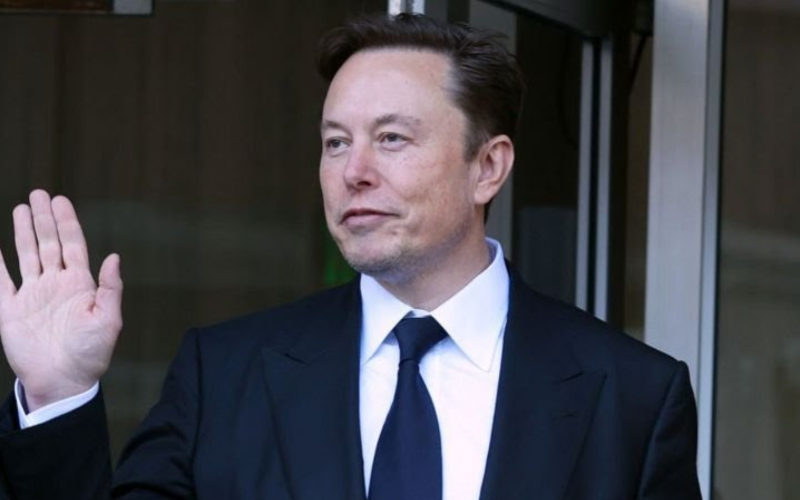Elon Musk-owned Twitter said that it will stop providing free access to the Twitter API as of February 9 and instead introduce a premium version as it searches for other revenue streams.
The Twitter Developer account announced through a series of tweets that the company will stop supporting both the legacy v1.1 and the brand-new v2 of its Twitter APIs. How much it intends to charge for using the API was not immediately stated.
The action comes after Twitter abruptly altered the terms of its API in recent weeks. Many well-known Twitter clients, including Tweetbot and Twitterrific, used the API. Most independent Twitter apps have stopped developing their mobile versions.
“Twitter data are among the world’s most powerful data sets. We’re committed to enabling fast & comprehensive access so you can continue to build with us,” Twitter Dev account said Thursday. “Over the years, hundreds of millions of people have sent over a trillion Tweets, with billions more every week.”
Many other app developers have grown cautious about the ways they progressed development on top of the Twitter API in the wake of the recent modifications that saw Twitter shutter third-party clients. Some developers might be forced to give up on their projects or charge their consumers more as a result of this new action.
The Twitter API is used by thousands of developers for a variety of purposes, including monitoring account changes and providing warnings. These are enjoyable side ventures for those who might not want to pay for something they are not generating any revenue from.
The Twitter API also has a distinct user base for researchers. The new report from Twitter may have an impact on studies examining online harassment and hate speech. Twitter is a popular tool used by academic institutions to research human behavior worldwide. Limiting the use of open APIs could also prevent businesses from finding ways to avoid detecting the spread of false information on Twitter.
Since its start, Twitter has had an odd relationship with developers. But despite its inconvenience, the partnership was beneficial to both parties. The social network did its part by not charging these companies for the use of the API. Third-party companies were frequently the ones delivering new features and products for Twitter.
Twitter even made an effort to mend fences with developers in recent years by introducing new initiatives like the Twitter toolbox for app discovery. Many of these projects have been abandoned under the new leadership.
As it expands its efforts to monetise the service, Twitter is battling to control how users access the site around the world under Musk’s leadership.
Late in October, Musk paid $44 billion to purchase Twitter. To pay for the acquisition, he took out a debt for around $12.5 billion. Musk must spend an extra $1.5 billion in interest each year just to maintain Twitter, a service that is not profitable. Musk is therefore pushing for Twitter to become more self-sustaining.
In order to increase engagement, revenue, and the platform’s appeal to advertisers, Twitter has updated its subscription service, increased the cost of it, and changed how tweets display on a user’s timeline.


